Life-threatening emergencies can happen at any time, and it’s crucial to know how to respond quickly and effectively. If you’re not trained in emergency response, terms like “BLS” and “CPR” might sound confusing and even interchangeable. However, understanding the difference between these two life-saving certifications will help you be prepared and meet workplace requirements.
Continue readingACLS and PALS Certifications Explained
Advanced Cardiac Life Support and Pediatric Advanced Life Support training, also known as ACLS and PALS, are the advanced levels of training received for the assessment and care provided after initial basic life support. It is the training received by healthcare professionals like nurses, physicians, paramedics, anesthesiologists, and dentists.
Continue readingLearning the Signs and Symptoms of a Stroke
When it comes to a stroke, time is of the essence. The longer a stroke is left untreated, the more brain damage it does, which can have fatal long-term effects. To increase the likelihood of survival and decrease potential complications, it is crucial to seek immediate medical attention. Let’s explore the causes, symptoms and necessary first aid steps required to prevent the fatalities.
Continue readingMental Health and Wellness in the Workplace
Mental health plays a major role in all of our lives at some point. By understanding mental health and wellness, we can help reduce stigma and discrimination toward others in the workplace. Courses designed to give participants the necessary skills that help them identify issues and guide people facing mental health issues in the workplace are becoming increasingly popular.
Continue readingHow to Get a Blended First Aid Course in Brampton
Have you heard of an AED before? If you haven’t, we’re sure you’ve seen one! AEDs are typically seen in medical shows (such as Grey’s Anatomy). But most importantly, AEDs can be found in public spaces. If you’ve ever been to an airport, government building or train station, you may have noticed an AED in a box attached to the wall.
Continue readingBenefit Your Employees with Workplace Safety Training
Have you heard of an AED before? If you haven’t, we’re sure you’ve seen one! AEDs are typically seen in medical shows (such as Grey’s Anatomy). But most importantly, AEDs can be found in public spaces. If you’ve ever been to an airport, government building or train station, you may have noticed an AED in a box attached to the wall.
Continue readingWhat is an AED and When to Use it?
Have you heard of an AED before? If you haven’t, we’re sure you’ve seen one! AEDs are typically seen in medical shows (such as Grey’s Anatomy). But most importantly, AEDs can be found in public spaces. If you’ve ever been to an airport, government building or train station, you may have noticed an AED in a box attached to the wall.
Continue reading3 Primary Objectives of First Aid
Emergencies can strike anywhere and at any time. Your knowledge can help ensure a better result for an illness or accident victim. First Aid training includes CPR, one of the most important life-saving skills for someone suffering cardiac arrest, but it also provides you with the know-how to deal with choking, drowning, burns, and injuries.
Continue readingFirst Aid for Carbon Monoxide Poisoning
Breathing in carbon monoxide (CO) for an extended time can have fatal results because it is a poisonous gas. Carbon monoxide is the resulting gas from burning coal, gas, wood, and oil in a confined space. Installing a carbon monoxide alarm can help prevent carbon monoxide poisoning.
Continue reading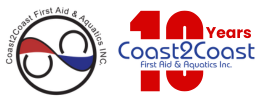








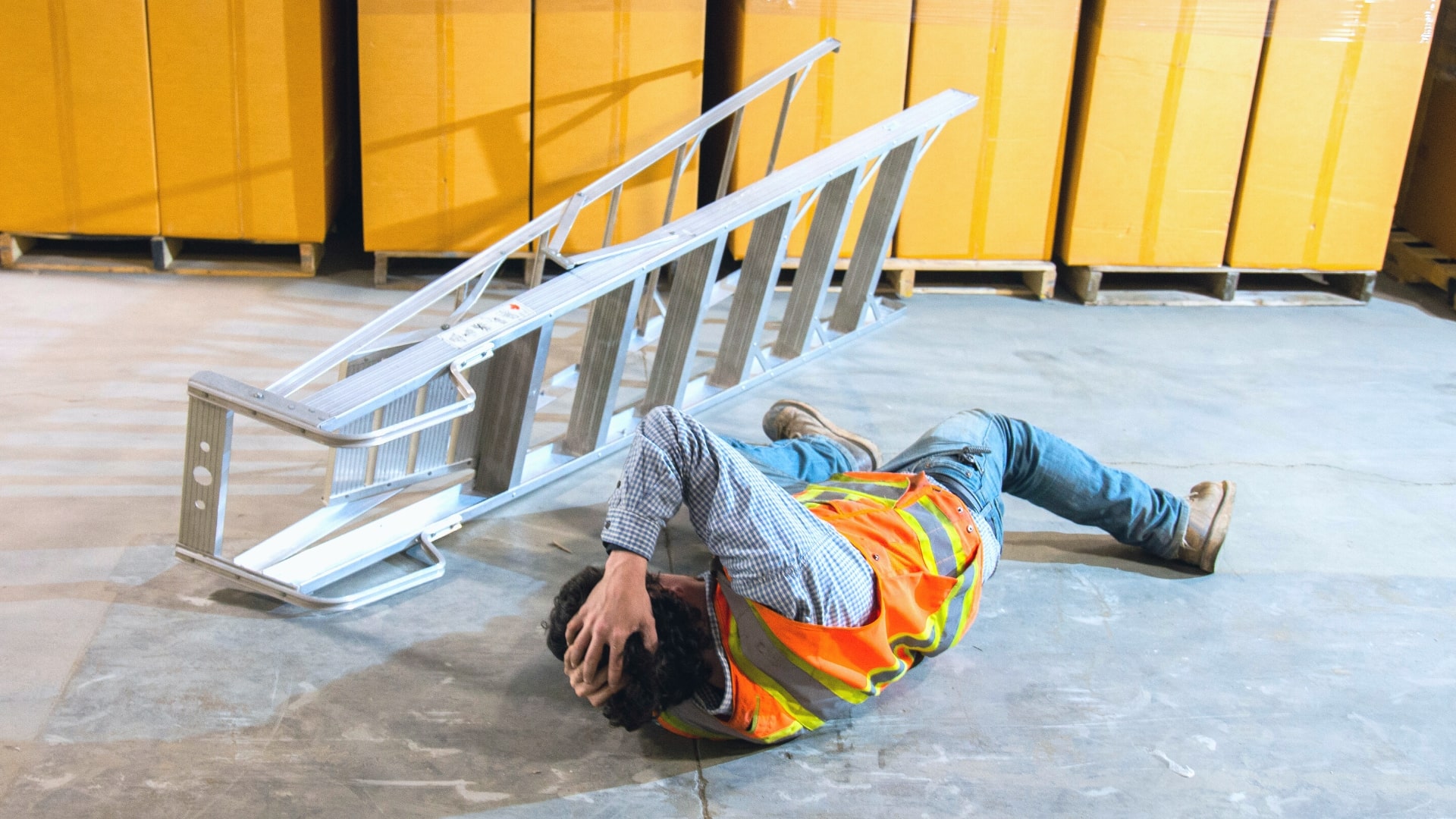
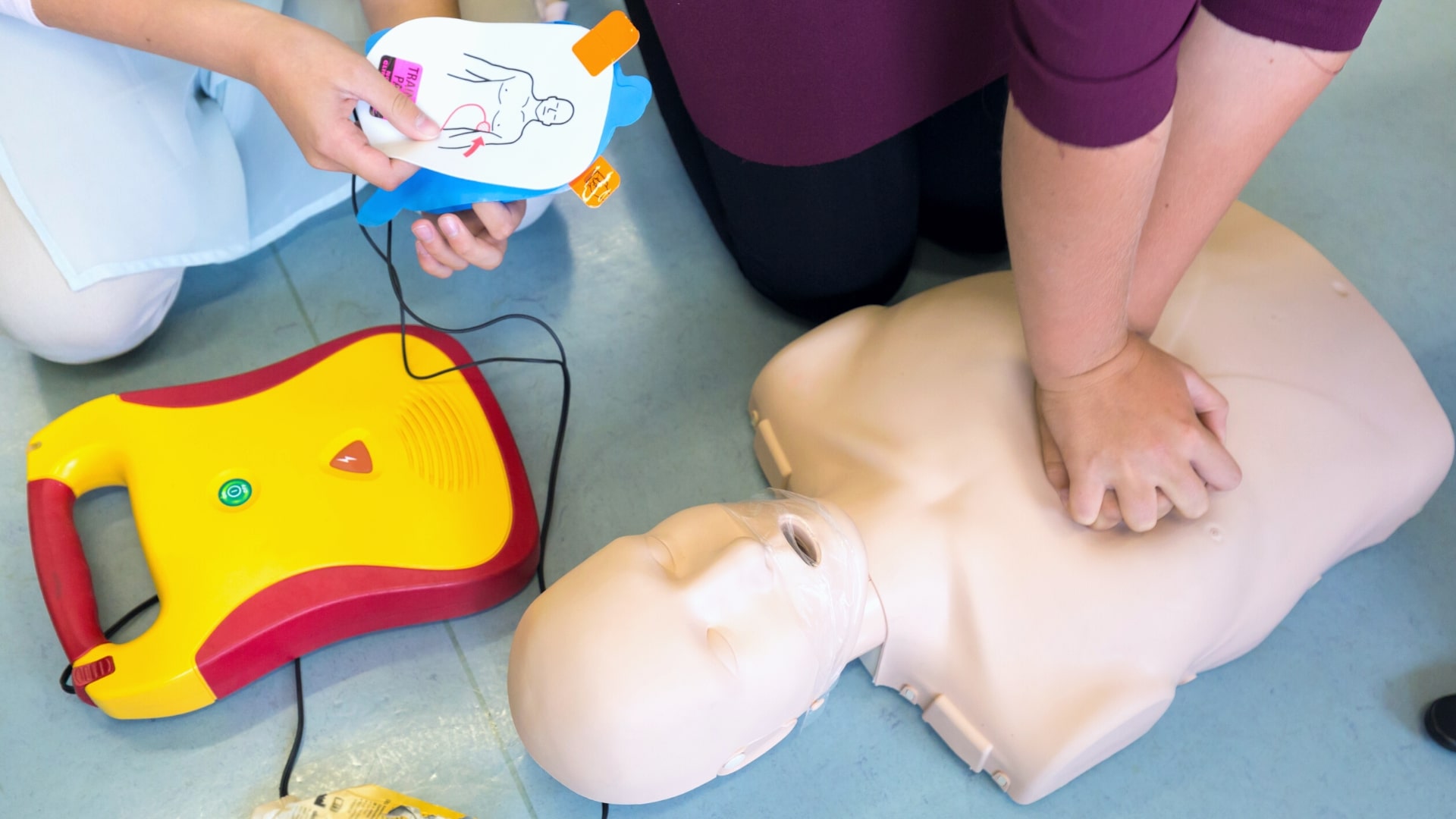
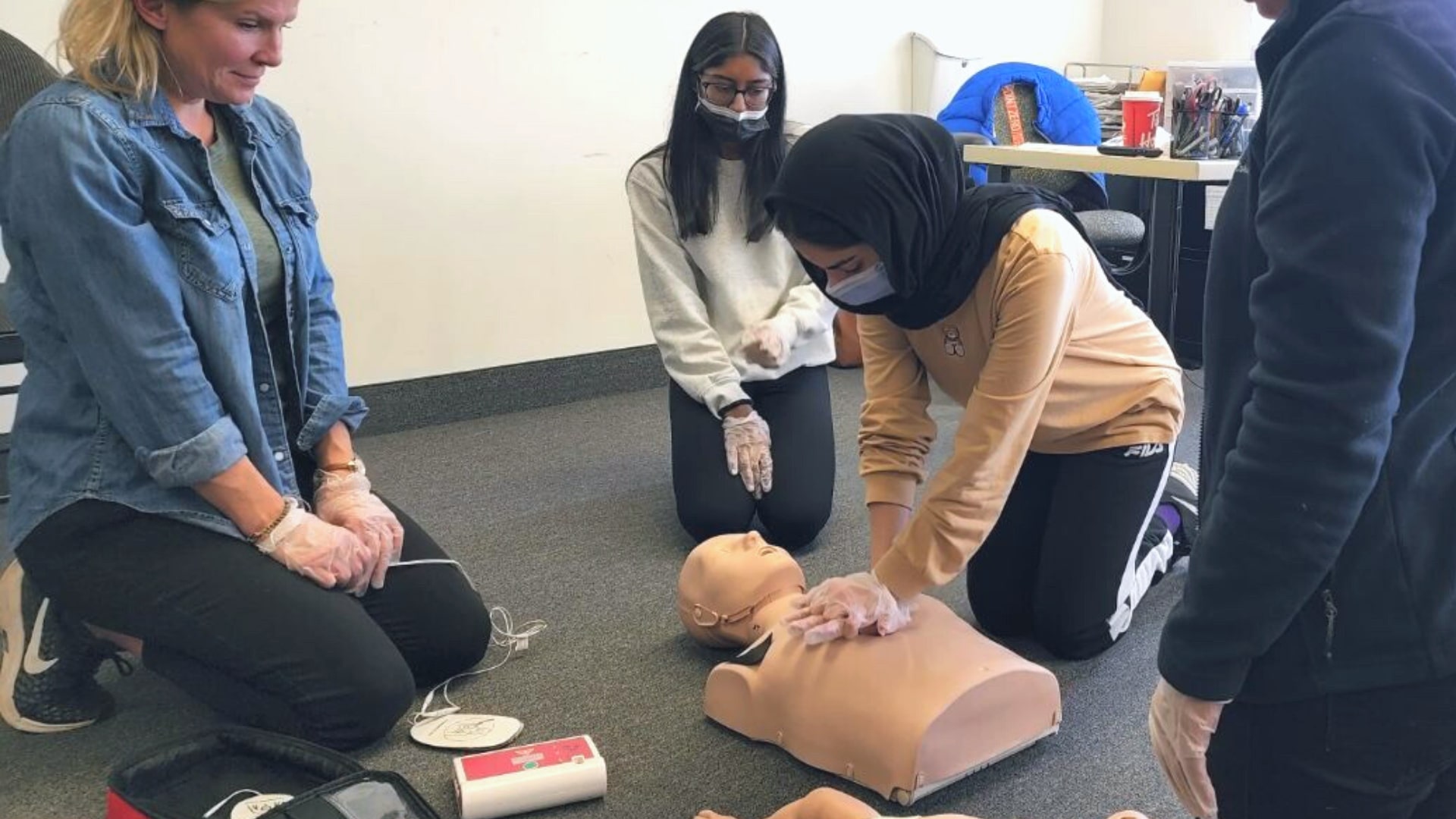

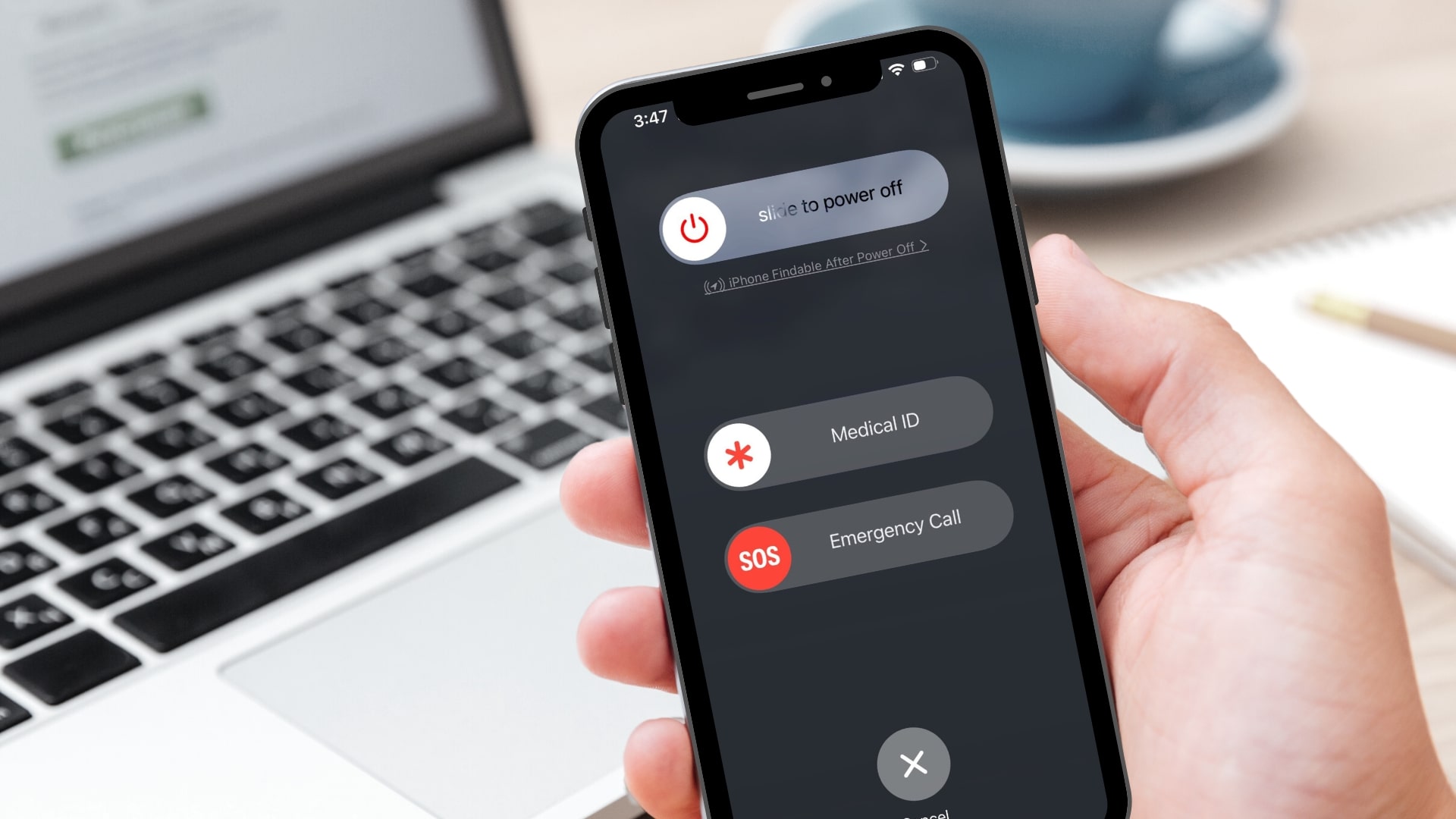
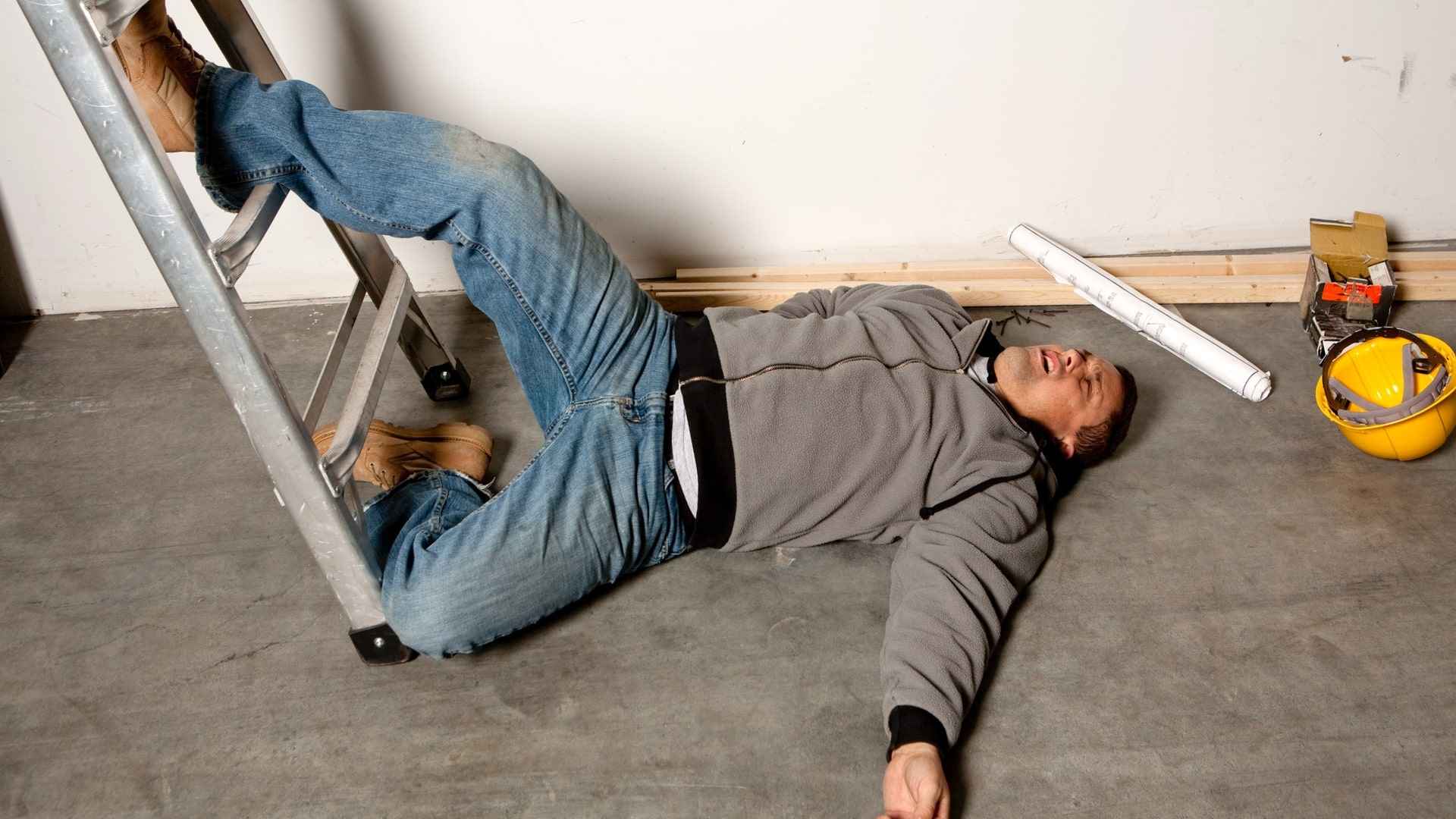 Potential head/neck/spine injury
Potential head/neck/spine injury